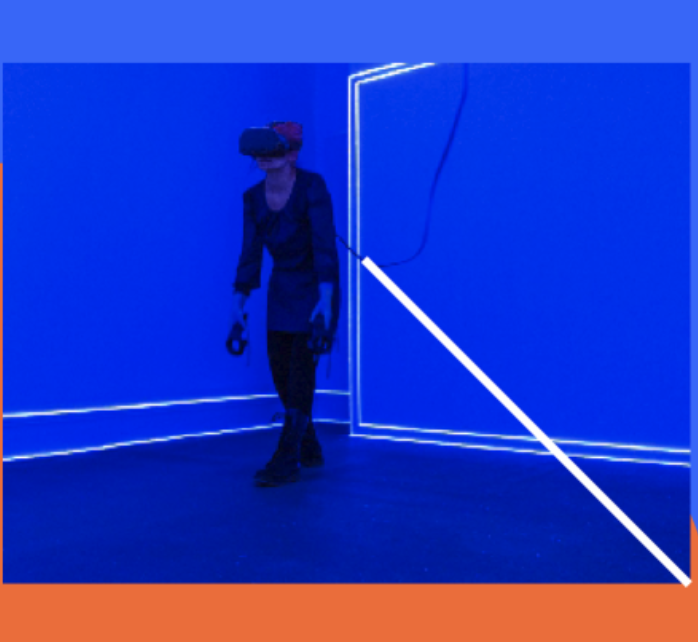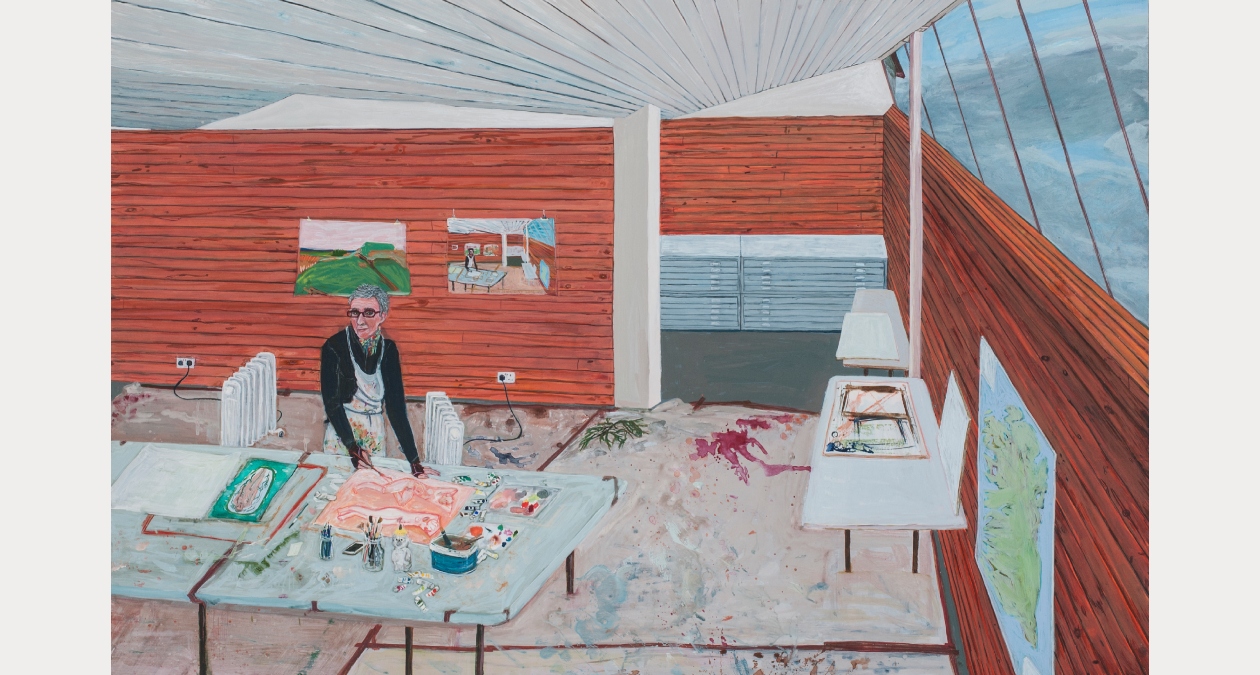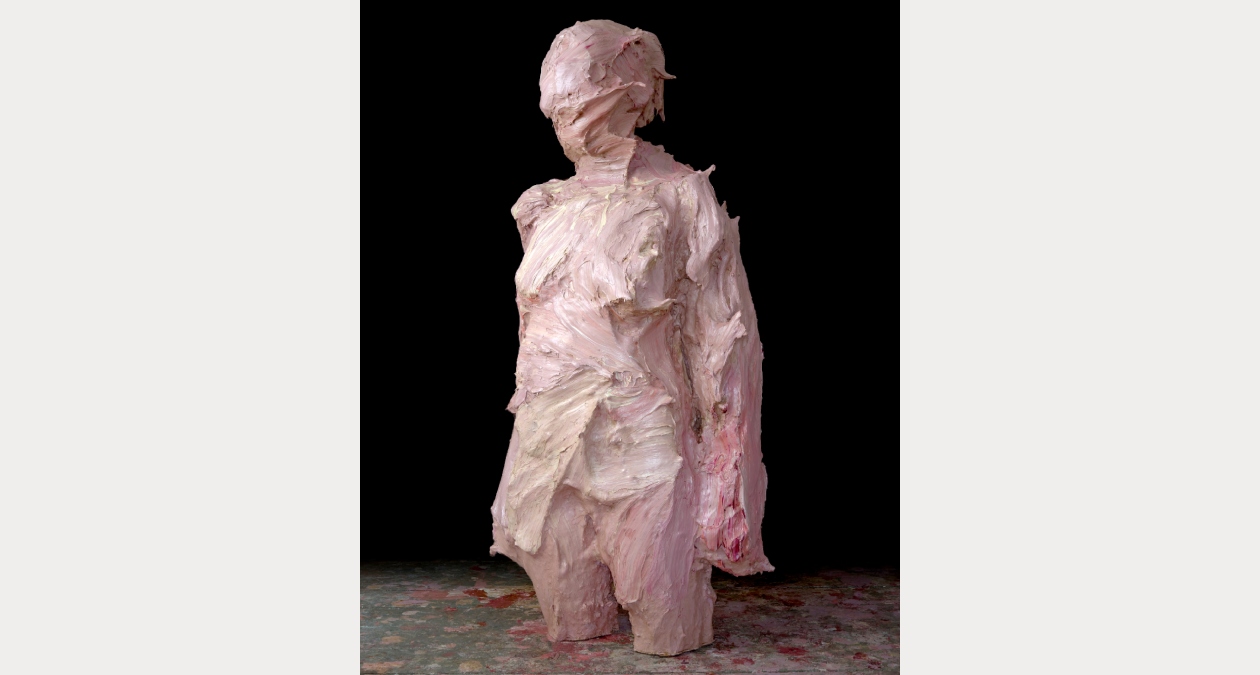Recent Paintings & Drawings
When a painting goes well, it is easy; it has a life of its own. Its quality and its conviction come from its naturalness. It appears effortless because it is. The work, the struggle, is getting to that place of effortlessness with enough knowledge and experience so that it will cohere into the language of painting. The other challenge is not messing with the effortlessness; letting it be; not letting the conscious mind mess with the wonderful lightness of those moments.”
Tim Hawkesworth
Full interview published in exhibition catalogue.
Extract from interview conducted with Patrick T Murphy in the artist’s studio, Norristown PA. 19 April, 2006
PTM: One of the most major developments in your work over the past two years, if I may put it in the negative, has been the loss of motif.
TH: Yes, but for me the evolution is so organic I don’t even notice. Basically the ambition to paint experience as a subject has been with me a long time. Ever since I was a child growing up in the Wicklow landscape, I have wanted to paint, not so much the landscape itself, but the experience of being in it. It has always been the question how do you get to that? At first I would paint my body into the painting – paint myself in there. Then it was a matter of getting past my body’s presence into the energy that is the experience. It’s into the body then through the body then out of the body. It’s about pure energy. The motifs that have shown up over the years were stepping-stones to this dissolution.
PTM: You are practically talking physics but how on earth does oil paint facilitate such experimentation? Why oil paint?
TH: Well to answer that I would step back a little and ask what’s the job description? I believe the job of the artist is to fill out what it means to be human – not to illustrate or just conceptually explore what we don’t know about ourselves – but to actually create the possibility of expansive experience. This is what we experience in nature – in our experience of nature’s creativity and rejuvenation. Now to answer your question; painting actually records your attitude of application – it records much more than we realize. For me paintings are secreted right out of the body, they are centred in the body’s experience, paint is an incredibly subtle recorder. It communicates through touch – the paint records all the subtlety of human touch. I believe it is the most body centred of all the arts.
PTM: But that implies a great agility, that the gesture of the arm and hand holding the brush can articulate an embodied identity.
TH: Well its not that mysterious, we draw with our bodies all of the time. We are moving our arms, shuffling our feet, making gestures, touching. Through immersion in the act of painting we direct the gestures, the touch – we become inseparable from them. It’s an act of surrender to oneself and to the physical nature of the materials. The precision of the body is astounding, the more you can learn to go with that, to trust it, the better the painting.
PTM: But that sounds like someone who is very good at it, do you think there is an innate talent to painting? Or do you think that it can be learned?
TH: I think it’s an issue of access. I think that we all have a lot of personal stuff that inhibits us accessing our creativity. We are by nature creative and our brains and bodies are extraordinary. There really is no limit to our creativity – our imagination is like an animal, it just wants to go. The intensity and complexity of each of our brains’ activities is like an immense city. In light of this and given the nature of creativity, the notion of talent is irrelevant; it’s really an issue of accessing our incredible natural resources. This is where we need technique as artists, not in how to handle paint – that is a secondary matter.
PTM: Did emigration from Ireland to the U.S. help you to access your creativity?
TH: What it did for me was to show me that the landscape I grew up in, and missed so much, was actually inside me. It was right there in all its complexity and richness. This is what Constable knew, what Cézanne knew, that what you are painting is your body’s response to the landscape. This discovery had a profound effect on me. I came to realize that the myriad of galaxies, the vastness of the universe is mirrored inside of us in the vastness of our interior spaces. And for me, painting sits right on that flap where we breathe out into the exterior universe and breathe into the interior one. Yes, there were other things I learned from emigration like the challenge to one’s identity and how culture is constructed, but the most important revelation, for me, was the nature of embodied experience.
Tim Hawkesworth
-
Date:
15 Sep, 2006 - 29 Oct, 2006 -
Time:
Monday – Sunday: 11:00 – 17:00 Wednesday Late Opening: 11.00 – 20.00 -
Price:
Free -
Info:
Visitor Safety
We look forward to welcoming you at the RHA.
In line with Covid-19 safety protocols, visitors will be asked to wear a mask.Opening Times
Gallery Hours:
Closed Mon
Tues – Sat: 11 – 17
Sun: 12 – 17
Wed Late Opening: 11 – 19Office Hours:
Mon – Fri: 10 – 17Admission Always Free. Donations Always Welcome.
Getting Here
15 Ely Place, Dublin 2, D02 A213
Tel: +353 (0)1 661 2558
Email: info@rhagallery.ieThe Royal Hibernian Academy is located in the city centre of Dublin, adjacent to the National Gallery of Ireland and National Museum of Ireland and within close proximity to a wide variety of public transport services, such as Dublin Bus (Routes: 39A, 46A and 145) and Dart (Pearse Dart Station).
Access
There is plenty of parking available in the neighbourhood and the RHA is fully wheelchair accessible.
Cafe
Margadh RHA is a speciality food and wine outlet from the people behind Margadh Howth, Mamó Restaurant, Elm Epicurean and Barrow Market. The wine bar serves morning fare, lunch, hampers and gifts.
Mon – Sat: 11 – 17
Tues – Sat: 9 – 15
Sun: 12 – 17


